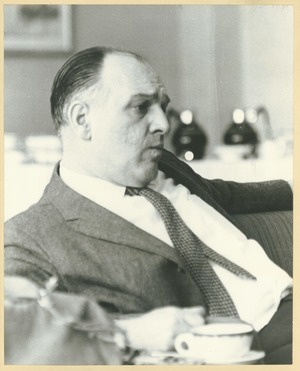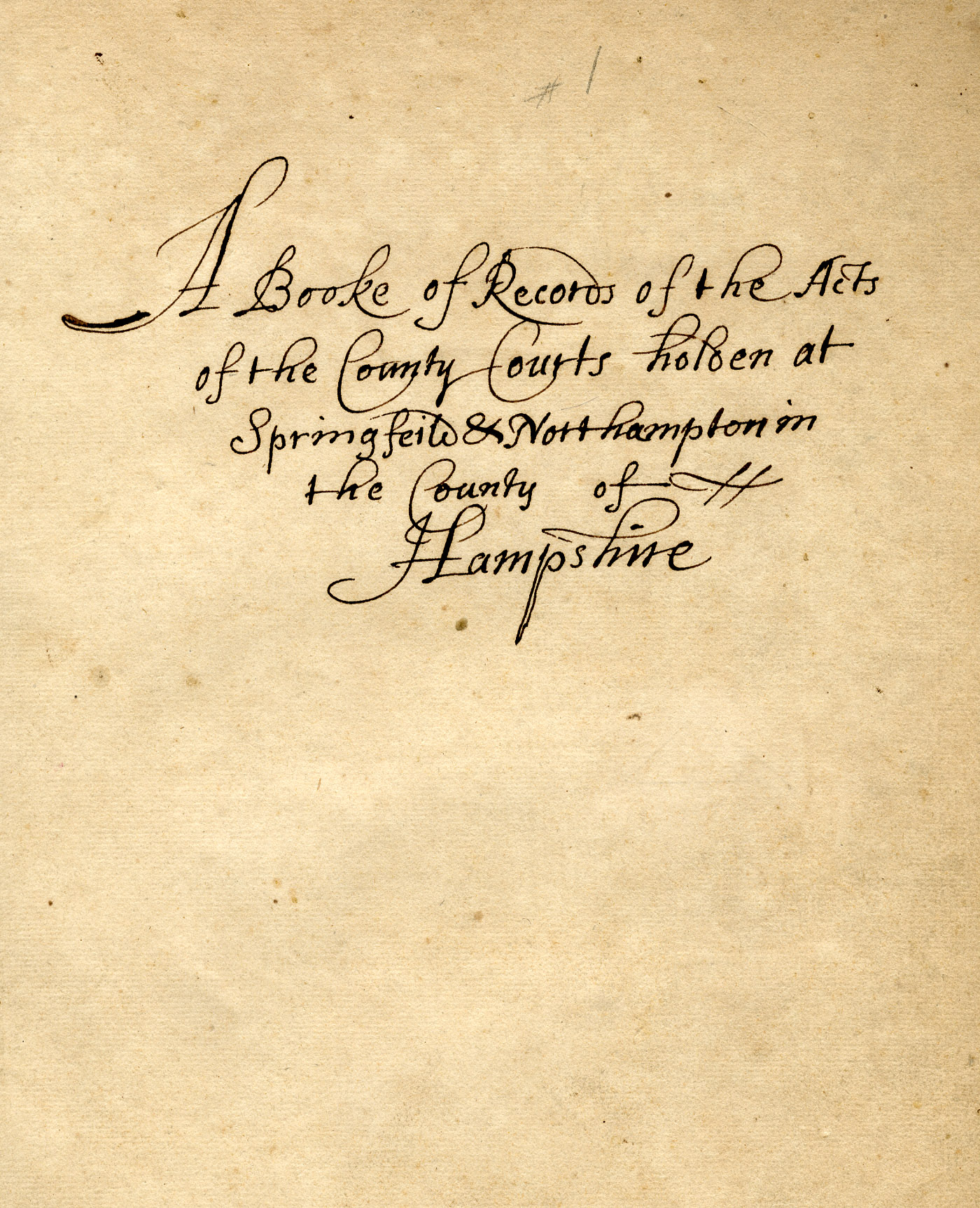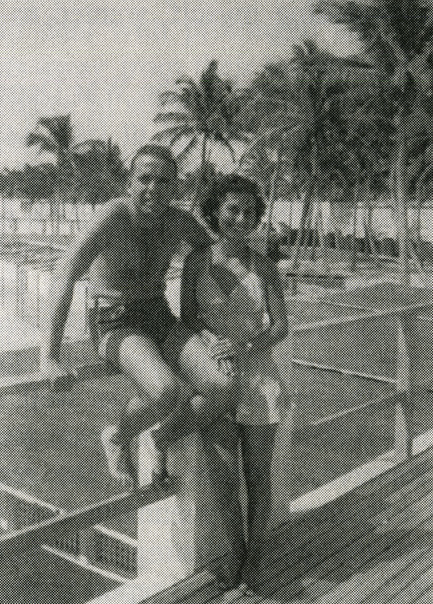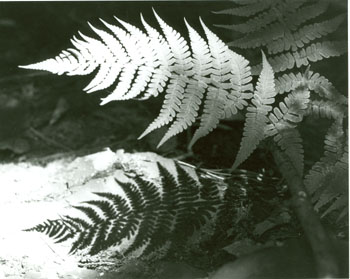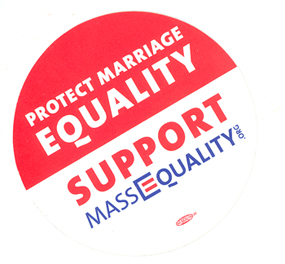Marjorie Peace Lenn Papers
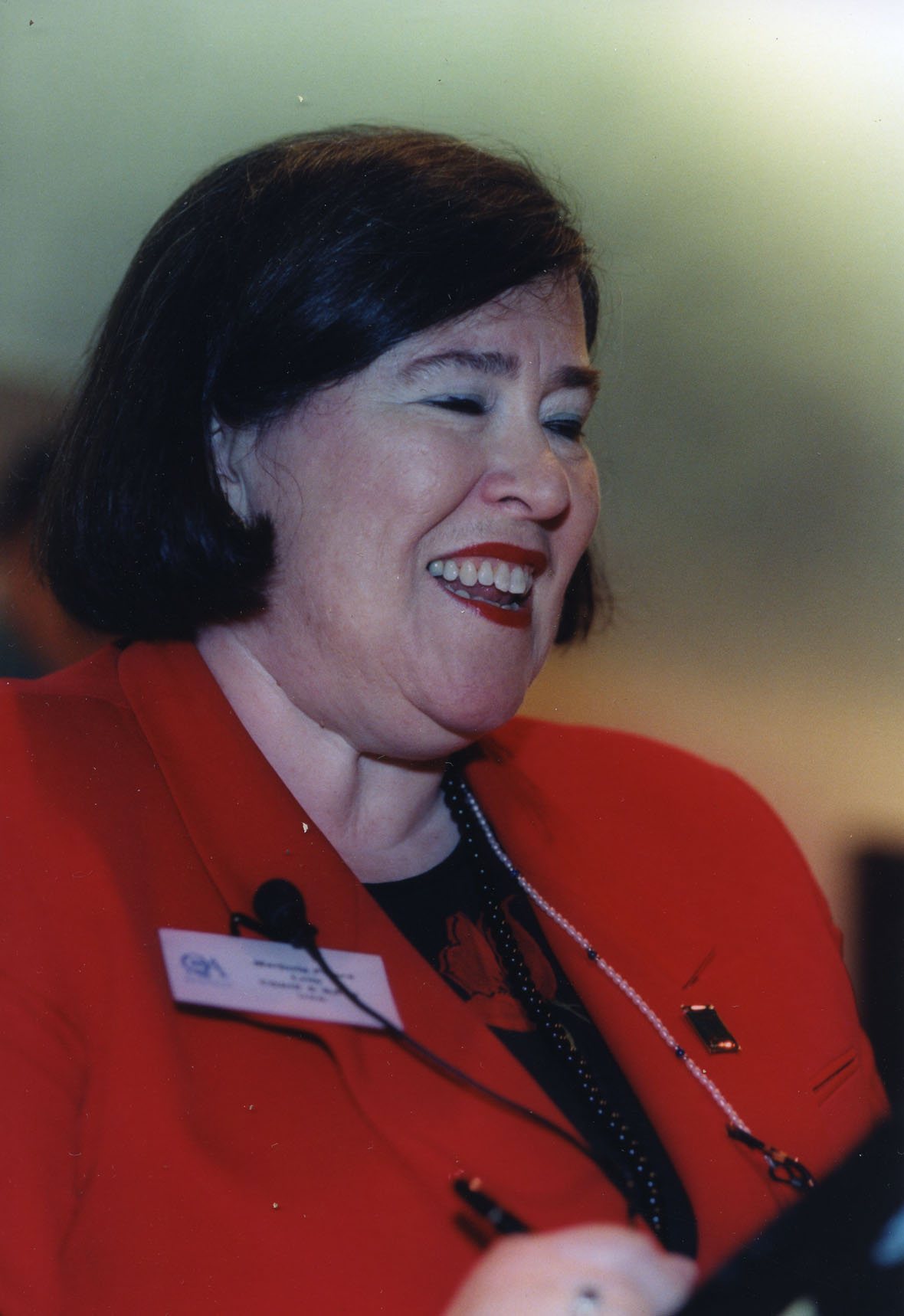
Temporarily stored offsite; contact SCUA to request materials from this collection.
A leader in the global quality assurance movement in higher education, Marjorie Peace Lenn was founding president of the Center for Quality Assurance in International Education (CQAIE). Born in Bowling Green, Ohio, in 1946, and educated at Transylvania University (BA, 1968), Yale (MAR, 1970), and UMass Amherst (MEd and EdD, 1978), Lenn began her career in education as as assistant area director of student life at UMass Amherst, rising over the course of twelve years (1970-1982) to become the Director of Residential Life. From UMass, Lenn went on to senior positions with the Council on Postsecondary Accreditation (1982-1992) before founding the CQAIE in 1991. Throughout her career, Lenn was in high demand internationally as a consultant on quality assurance and accreditation systems. Working with dozens of governments, ministries of education, universities, and intergovernmental agencies such as the World Bank, UNESCO, OECD, Organization of American States, United Nations Development Program, and the Asia Development Bank, she also became an official advisor to the U.S. government on trade in education services as a member of the International Trade Advisory Commission, influencing the development of accreditation infrastructure in Asia, Europe, and the Americas. After a long battle with cancer, Lenn died at home in Alexandria, Va., on Oct. 16, 2010.
The Lenn Papers offer rich documentation of the international development of accreditation systems in higher education and the impact of Lenn’s ideas on quality assurance. The bulk of the records stem from Lenn’s work with the Center for Quality Assurance in International Education and Council on Postsecondary Accreditation, but also reflect her role as advisor to the US government and her varied consultancies.

